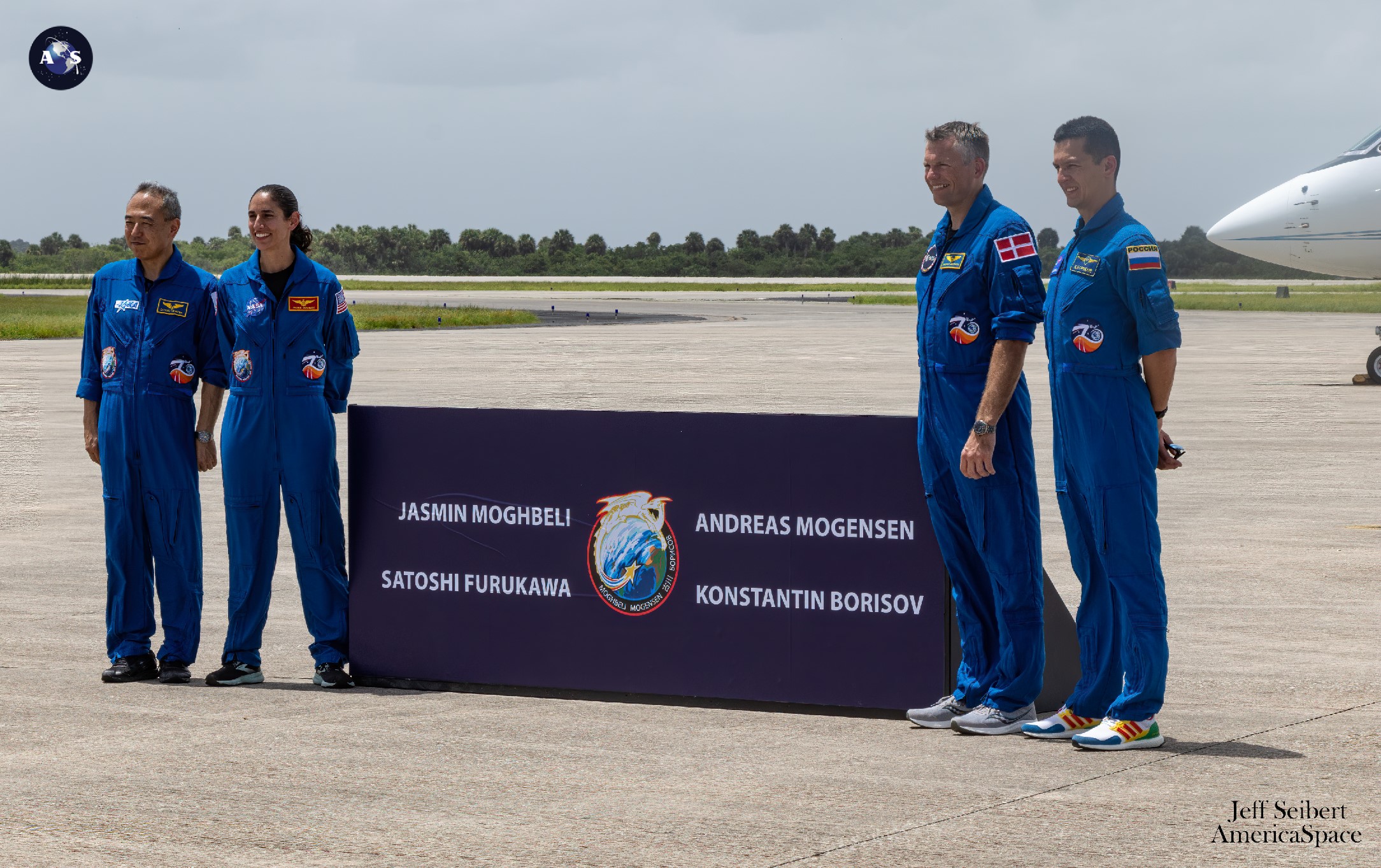
With Florida’s weather trending around 85-percent-favorable for an on-time launch of Crew-7 in the pre-dawn darkness of Friday morning, their predecessors aboard the International Space Station (ISS)—Crew-6 Commander Steve Bowen, Pilot Warren “Woody” Hoburg and Mission Specialists Sultan Al-Neyadi and Andrei Fedyayev—gathered on Wednesday to discuss a highly successful half-year in orbit. Launched last 2 March, Bowen and his men will spend about five days handing-off ISS operations to their Crew-7 replacements, before returning aboard Dragon Endeavour to a parachute-assisted splashdown off the Florida Coast, no sooner than Friday, 1 September.
After arriving at the Kennedy Space Center (KSC) last Sunday, Crew-7 Commander Jasmin Moghbeli, Pilot Andreas Mogensen and Mission Specialists Satoshi Furukawa and Konstantin Borisov participated in a “Dry Dress Rehearsal” yesterday, donning their customized SpaceX launch and entry suits, traveling to historic Pad 39A and strapping inside their Dragon Endurance crew ship atop the 230-foot-tall (70-meter) Falcon 9. The booster itself—tailnumbered “B1081”—was put through a customary Static Fire Test of her nine Merlin 1D+ engines, as is customary prior to a maiden launch.
Three “instantaneous” T-0 opportunities are available for Crew-7: at 3:49 a.m. EDT Friday, 3:27 a.m. EDT Saturday and 3:04 a.m. EDT Sunday. Weather conditions are predicted to be about 85-percent-favorable for Friday’s opening attempt, improving to 90 percent in Saturday and Sunday’s pre-dawn hours.
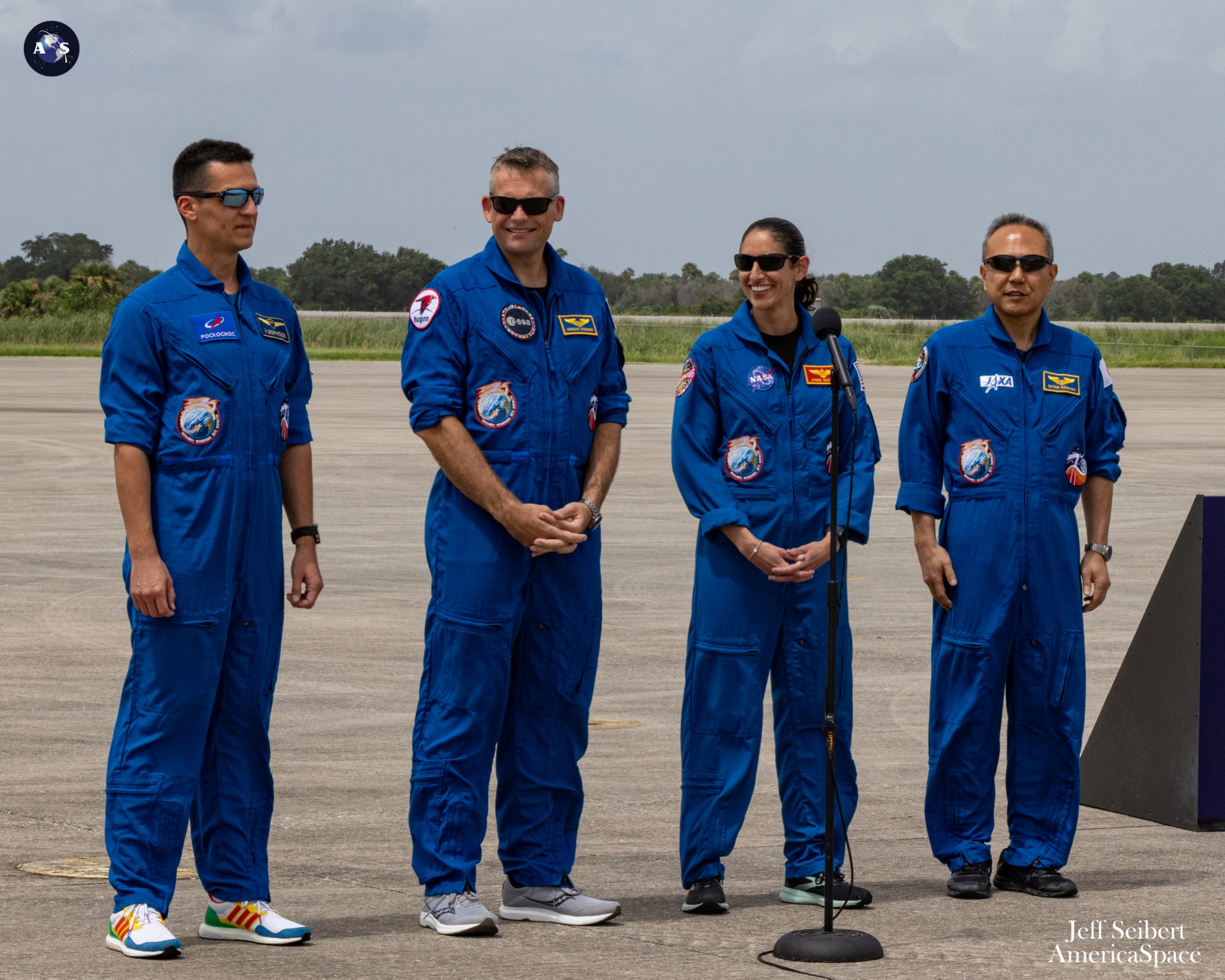
“The southeastern U.S. and Florida will be on the downstream side of a mid- to upper-level ridge over the Central U.S. through the week, with an upper-level trough just to the east over the Atlantic,” noted the 45th Weather Squadron at Patrick Space Force Base in its L-2 update, issued Wednesday. “At the surface, high pressure will slide through the northeastern U.S. and out into the Atlantic on Thursday.
“The result for the Spaceport will be deep easterly flow, tapping into drier air and keeping rain and storm chances low,” it was added, although there remains some chance of bands of Atlantic showers into Thursday. “There are some discrepancies in how far south this band gets by Thursday night, but even the more enthusiastic scenarios suggest that any activity would be in the form of low-topped Atlantic showers, making the Cumulus Cloud Rule the weather concern going into the primary launch window early Friday morning.
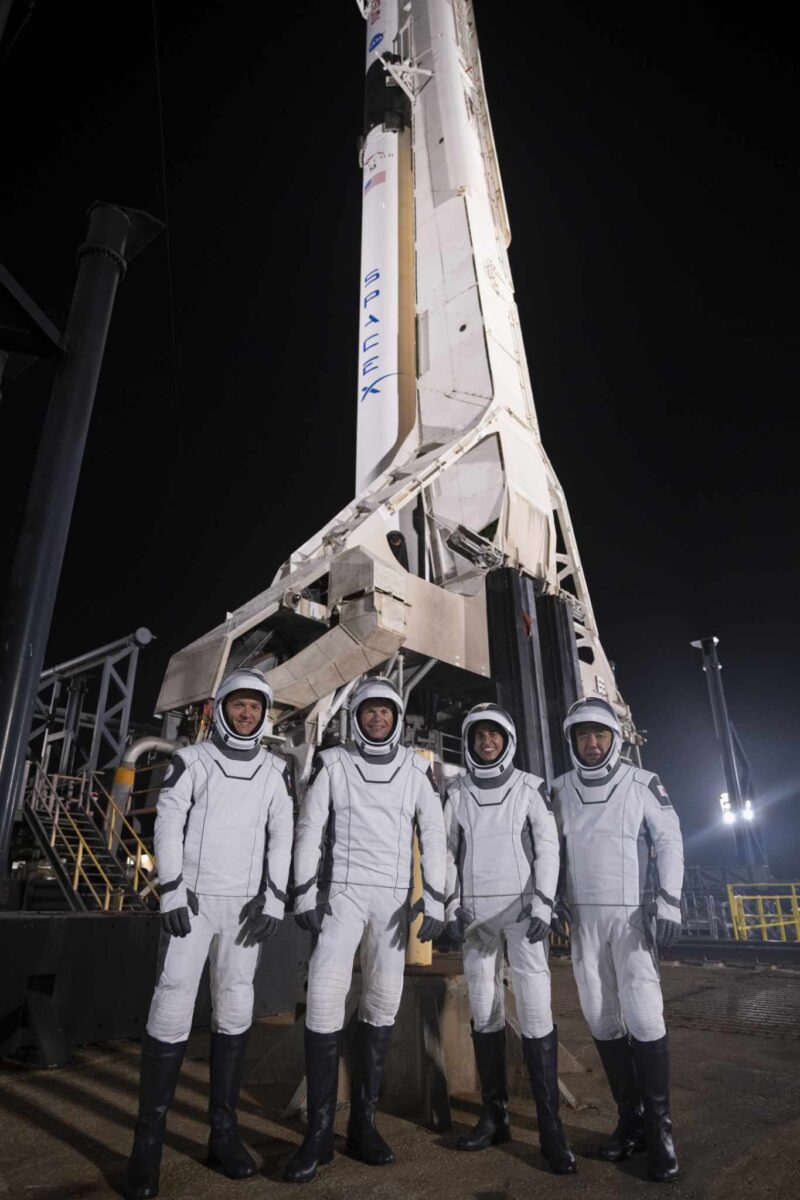
“High pressure will weaken across the state as the next front settles in across the Deep South and eventually North Florida into the weekend,” the 45th concluded. “Weakening east-northeast flow and drier than normal conditions will continue to bring a small threat for Atlantic showers, which will remain the primary weather concern into the backup windows early Saturday and Sunday mornings.”
Assuming an on-time launch, B1081—the fourth brand-new “single-stick” Falcon 9 to enter service in 2023—will power Dragon Endurance uphill for the first 2.5 minutes of flight, before returning to a touchdown on solid ground at Landing Zone (LZ)-1 at Cape Canaveral Space Force Station. This will mark the first time a crew-carrying Falcon 9 core has completed a “land” landing; previous flights have alighted offshore on the expansive deck of the Autonomous Spaceport Drone Ship (ASDS) in the Atlantic Ocean.
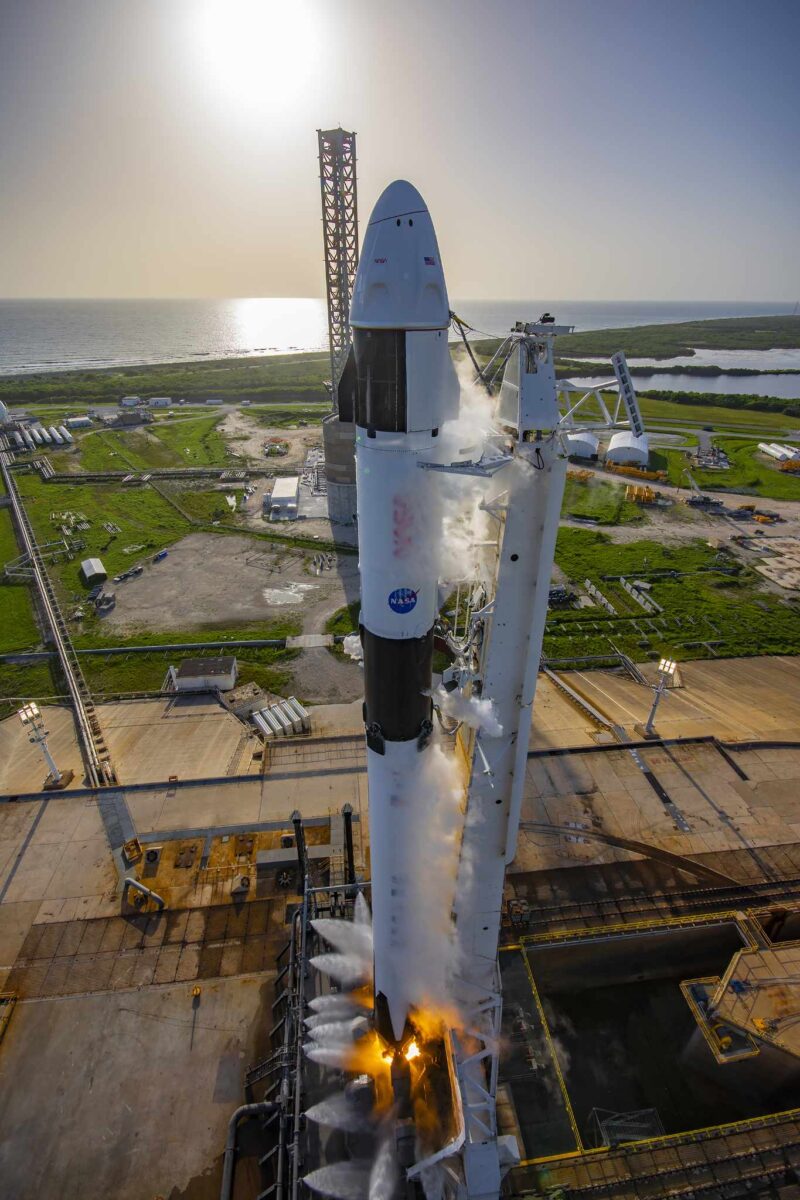
At around the same time that B1081 touches down to wrap up her maiden launch, the single Merlin 1D+ Vacuum engine of the Falcon 9’s second stage will fall silent after a customary six-minute “burn” to lift Dragon Endurance into orbit. The spacecraft will separate from the second stage at 12 minutes into Friday’s flight and her nose cone will open to expose a suite of rendezvous and tracking sensors.
Current plans call for Dragon Endurance to fly independently for a little over 22 hours, ahead of an autonomous docking at the space-facing (or “zenith”) port of the station’s Harmony node at 2:02 a.m. EDT Saturday. A couple hours later, after pressurization and leak checks have been conducted, hatches into the sprawling complex will be opened and the new arrivals will be welcomed by the seven-man Expedition 69 crew, which currently includes Russian, U.S. and United Arab Emirates (UAE) members. With the arrival of Crew-7—which, for the first time on a Crew Dragon, includes four sovereign nations—the station will also boast representatives of Denmark and Japan.
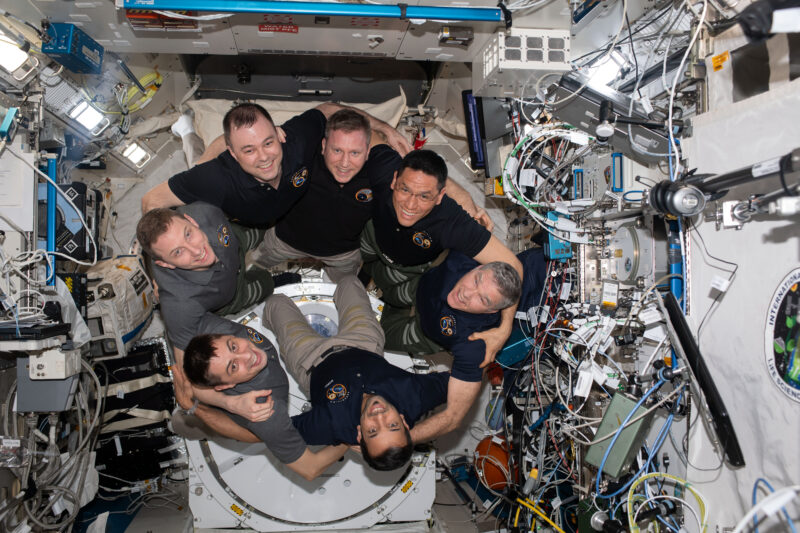
An approximately five-day handover between the outgoing Crew-6 and the incoming Crew-7 will take place, before Bowen, Hoburg, Al-Neyadi and Fedyayev board Dragon Endeavour and return to Earth, no sooner than Friday, 1 September. They will wrap up about 183 days in space, more than 2,900 orbits of the home planet, three sessions of Extravehicular Activity (EVA), totaling over 18.5 hours.
Earlier on Wednesday, the Crew-6 quartet gathered in the station’s Kibo lab to discuss their six months in orbit. Although sound difficulties marred their opening remarks, the four men spoke candidly about their experiences and described what they will each most be looking forward to when back on Mother Earth—for Bowen, the ocean air and a calm sea, for Hoburg a “real” shower, for Al-Neyadi a “real” cup of coffee and for Fedyayev the chance to sleep in a proper bed—and the advice they intend to give to Crew-7, two of whose four crew members have never flown in space before.
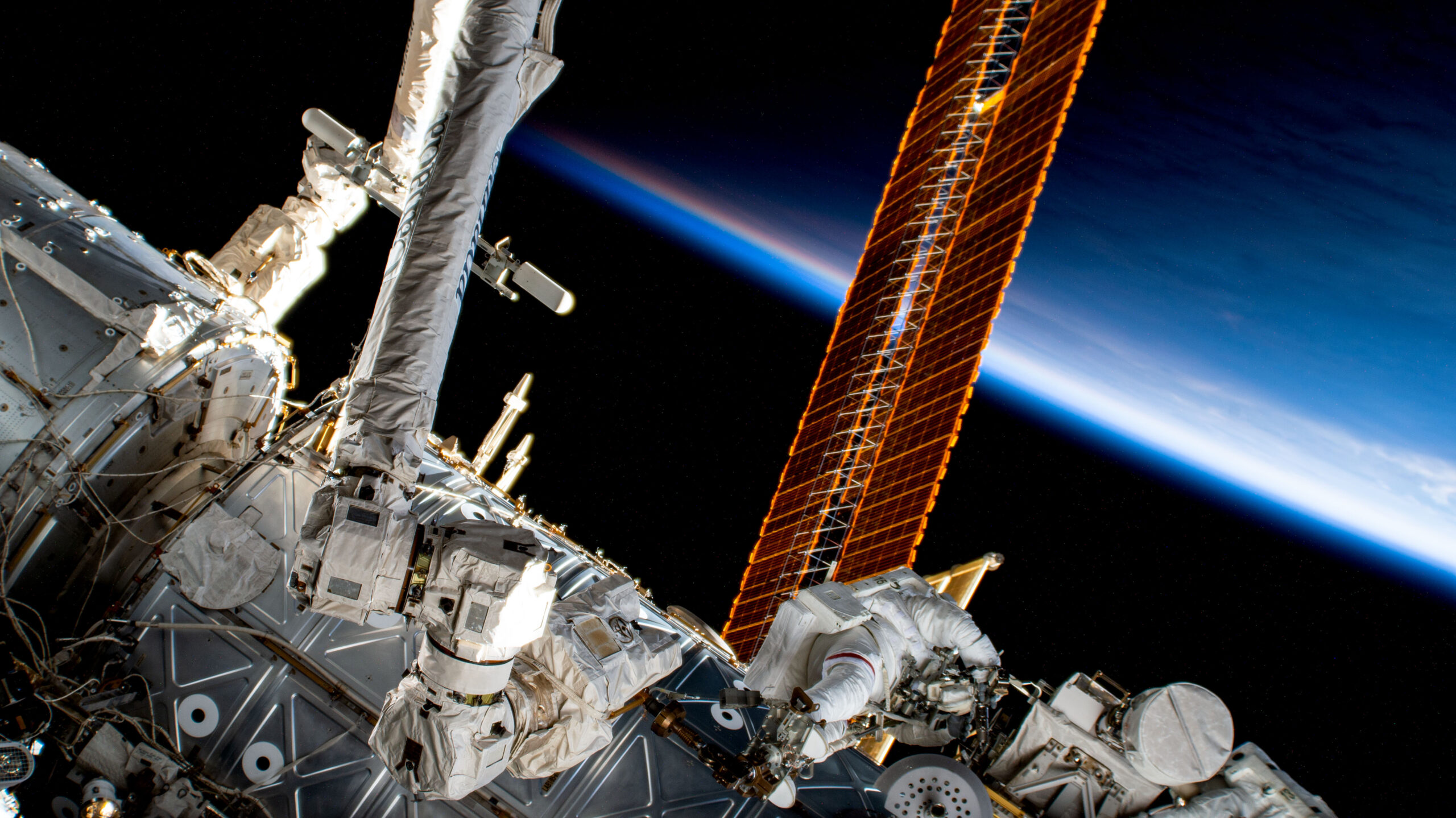
Bowen, who flew three Space Shuttle missions between 2008 and 2011, explained that it takes up to six weeks to become truly comfortable in the strange microgravity environment. The first few days of any space mission, he added, represent “a big transition period”, but stressed that “it’ll get better” for Moghbeli and her crew with time.
Asked what the best days of their mission were, the responses of Hoburg and Al-Neyadi were unsurprising: their first spacewalks. For Fedyayev, the only member of Crew-6 who did not perform an EVA during Expedition 69, the high-watermark point for him was boarding the ISS for the first time.
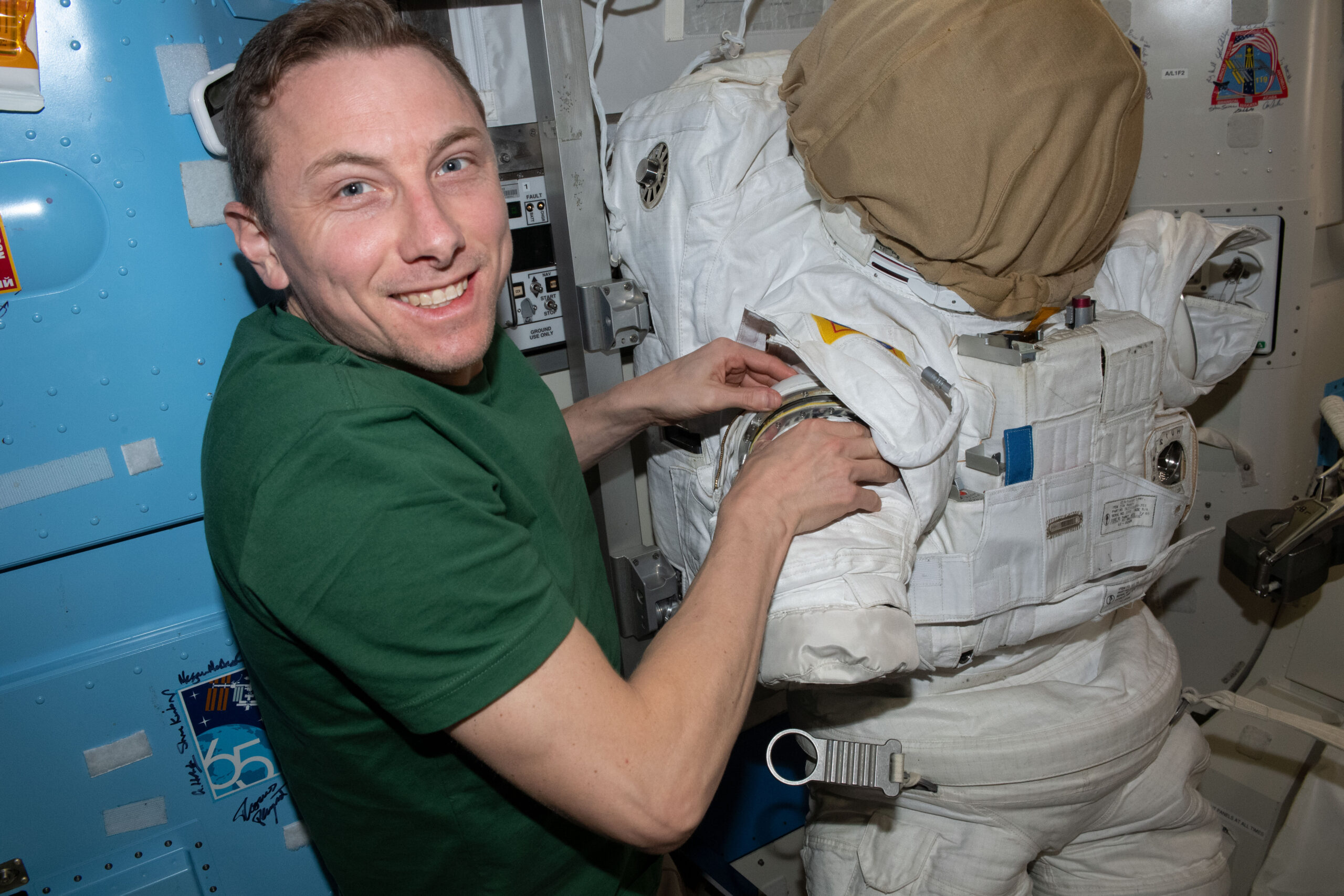
There were moments of fun, too. As the self-styled “largest human on the space station right now”, at times pranks were played on Hoburg, by stuffing him into the smallest nooks and crannies. “And we let him out,” laughed Bowen. “Every single time!”
But perhaps the most poignant comments came from Hoburg, who opened his remarks by paying tribute to crewmate Frank Rubio, whose six-month Expedition 67/68 increment was increased to a full year, for his leadership of the U.S. Operational Segment (USOS) during their stay. “And it was really fun,” he added, “to succeed as a team.”




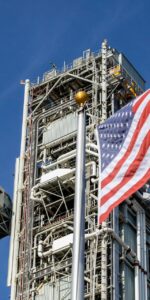
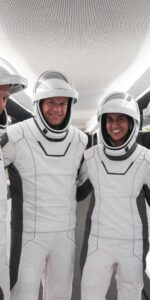
4 Comments
4 Pings & Trackbacks
Pingback:Crew-7 Launches, Four Nations En-Route to Space Station - AmericaSpace
Pingback:Expedition 71 Crew Discusses Six-Month ISS Increment, Crew-9 Announcement Expected Next Week - AmericaSpace
Pingback:As IM-1 Launch Moves to Thursday, SpaceX Targets Three-Mission Record-Setter - AmericaSpace
Pingback:First Valentine’s Day Falcon Flies, Second Scheduled Later Tonight - AmericaSpace